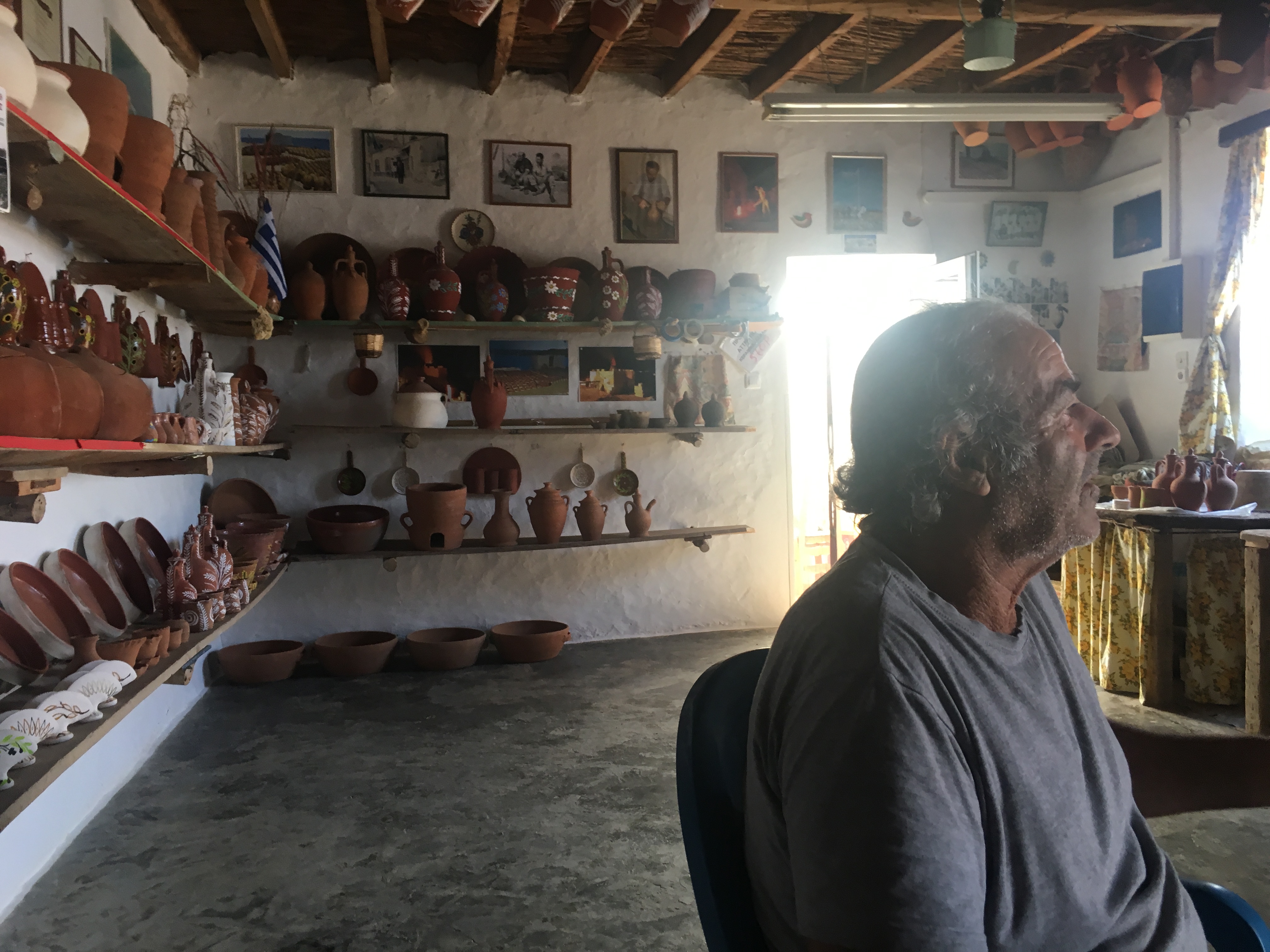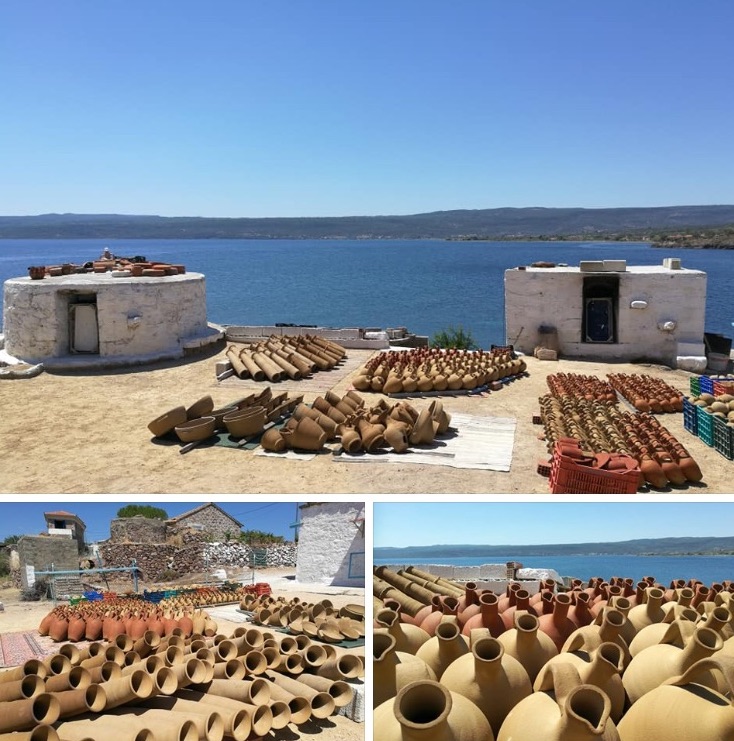Thank you Arianna for processing Dimitris pots! Here is a look at your results:
You just did the single-handled pots: great. They come in 3 sizes. One question I had is: are big pots perfectly scaled versions of small pots? The answer is clearly no. If we scale all the pot contours to the same size (by height) we find that, as Dimitris makes bigger pots, he makes the shoulder increasingly higher so that the neck occupies less of the total length. Within each size class, however, he's making really quite similar shapes.

We had the wit to include a ruler in our images, so we can get actual size information for these pots. Of course, we don't have size information for all other pots. But this result has two implications:
1) We need to be careful about making inferences about potter identity based on shape alone: a given potter, making ostensibly the one class of pot, may be make them subtly different shapes if he is making them in different sizes.
2) It makes one wonder if there is a scaling law for pot shape. In biology this is called "allometry". For example, the width of deer horns scales with "positive allometry" so that big species like the Giant Irish Elk have ridiculously large antlers compared to a small species. Note the plot below is a log-log scale and therefore the relationship is linear. But on an arithmetic scale you'd see antler size growing much faster than shoulder height.

Of course, to infer such a scaling "law" we'd need to show that it's not just Dimitris who is doing this, but that it's a general tendency of potters to make their pots more high-shouldered as they get bigger -- be it for aesthetic or functional reasons.
ps: it's Mantamados as in Manta ray. Thanks for pointing that out, A. I have changed the folder names -- might as well standardize that.



I have just returned from Lesvos where I visited a "traditional" potter, Dimitris Kouvdis, in Agios Stephanos, near the "Communist village" of Mantamados. He seems to use techniques that are as ancient as can be, including wood-fired kilns and (I think) a kick-wheel.
This is a pic of some of his output in 2017
With the help of a colleague, Giorgos Kokkoris, I photographed 26 of his pots. They're all the same shape (or perhaps they're two, subtly different, shapes), but vary in size and whether they have one or two handles. I have cleaned the backgrounds of the pots manually and put them in this dropbox
He made them all at the same time, or at least in 2019. My idea is to investigate how much variation there is when a single potter tries to make "the same" pot repeatedly. These data aren't really enough to answer this question, but it's a trial to see how to take pictures and estimate variances of the shape descriptors etc. (He has, I believe, a large storehouse of more pots, but I didn't investigate it as I was already trying his patience a bit --- though he was a very nice man.)
Arianna: can you process these pots? They should be very easy: they're clean and are basically amphoras. There are so few that, if you have difficulty removing the handles, I can do so manually.